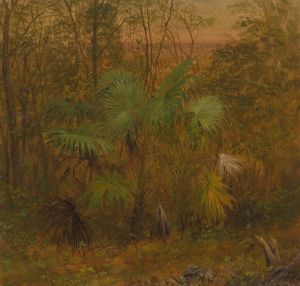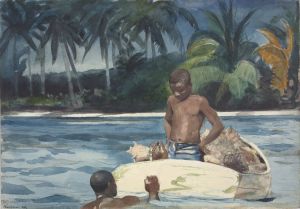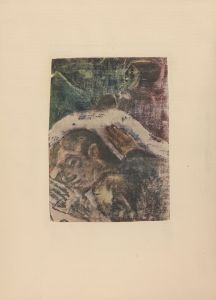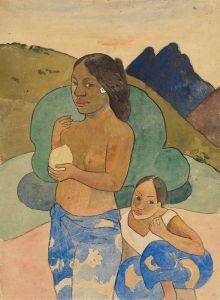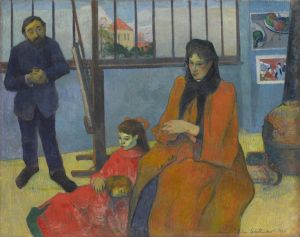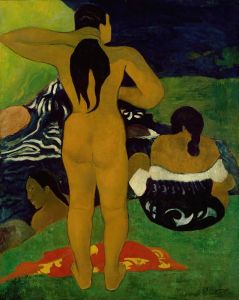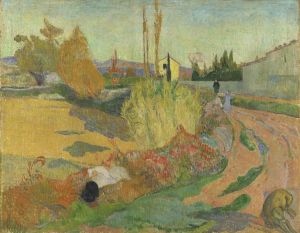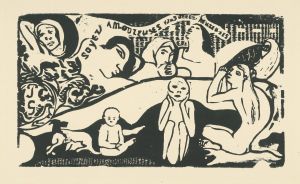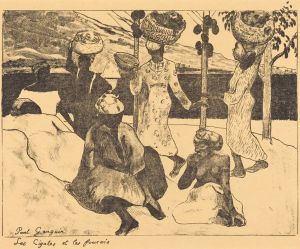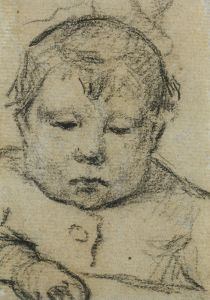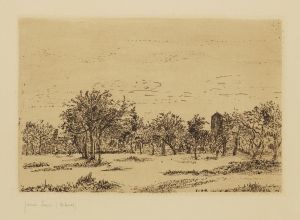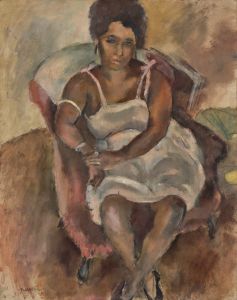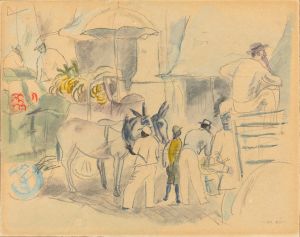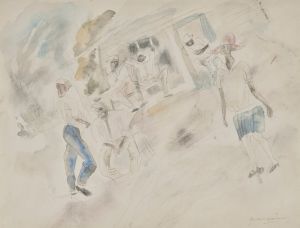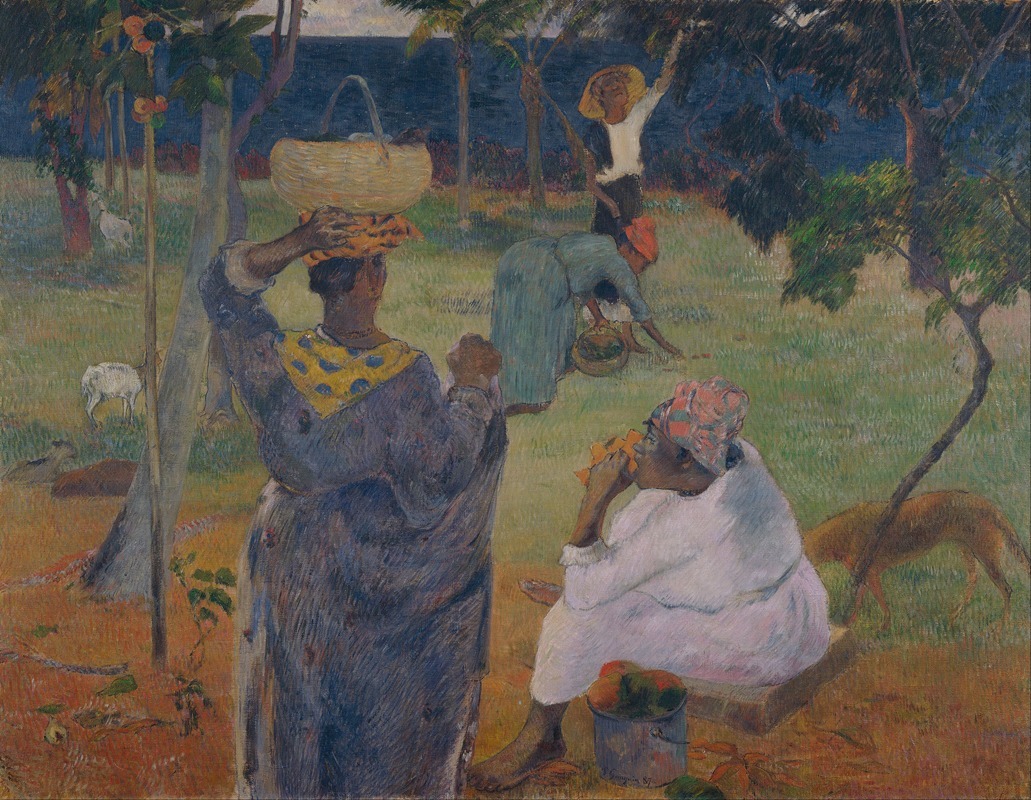
The Mango Trees, Martinique
A hand-painted replica of Paul Gauguin’s masterpiece The Mango Trees, Martinique, meticulously crafted by professional artists to capture the true essence of the original. Each piece is created with museum-quality canvas and rare mineral pigments, carefully painted by experienced artists with delicate brushstrokes and rich, layered colors to perfectly recreate the texture of the original artwork. Unlike machine-printed reproductions, this hand-painted version brings the painting to life, infused with the artist’s emotions and skill in every stroke. Whether for personal collection or home decoration, it instantly elevates the artistic atmosphere of any space.
Paul Gauguin's painting "The Mango Trees, Martinique" is an exemplary work from the artist's time spent on the Caribbean island of Martinique in 1887. Gauguin, a French post-Impressionist artist, is known for his bold use of color and synthetist style, which sought to synthesize form and color to express emotion and ideas. His time in Martinique was a pivotal period in his artistic development, as it marked a departure from the European influences that had dominated his earlier work.
Gauguin arrived in Martinique in June 1887, accompanied by fellow artist Charles Laval. The two artists were seeking inspiration and a new environment that contrasted with the European art scene. Martinique, with its lush landscapes and vibrant culture, provided Gauguin with a wealth of new subjects and a fresh perspective. During his stay, Gauguin produced several works that captured the island's natural beauty and the daily life of its inhabitants.
"The Mango Trees, Martinique" is one of the paintings from this period. The work is characterized by its vivid colors and dynamic composition, elements that would become hallmarks of Gauguin's later style. The painting depicts a tropical landscape dominated by mango trees, with figures that blend harmoniously into the environment. Gauguin's use of color in this painting is particularly noteworthy; he employs a rich palette to convey the lushness of the tropical setting and the intense light of the Caribbean.
This painting, like many of Gauguin's works from Martinique, reflects his interest in the exotic and the primitive, themes that would continue to influence his art throughout his career. The Martinique period was crucial in Gauguin's development of a more symbolic and less naturalistic approach to painting. He began to move away from the Impressionist focus on light and atmosphere, instead emphasizing bold colors and simplified forms to convey deeper meanings.
Gauguin's time in Martinique was not only artistically productive but also personally transformative. The experience of living in a non-European culture had a profound impact on him, reinforcing his desire to escape the constraints of Western civilization and explore more "primitive" societies. This quest would eventually lead him to Tahiti, where he created some of his most famous works.
"The Mango Trees, Martinique" is housed in the Van Gogh Museum in Amsterdam, which holds a significant collection of works by Gauguin. The painting is an important piece in understanding Gauguin's artistic evolution and his exploration of new themes and techniques. It stands as a testament to his innovative spirit and his quest to capture the essence of the places he visited.
In summary, "The Mango Trees, Martinique" is a significant work in Paul Gauguin's oeuvre, representing a key moment in his artistic journey. The painting not only showcases his developing style but also reflects his fascination with the exotic and the natural world, themes that would continue to shape his work in the years to come.





